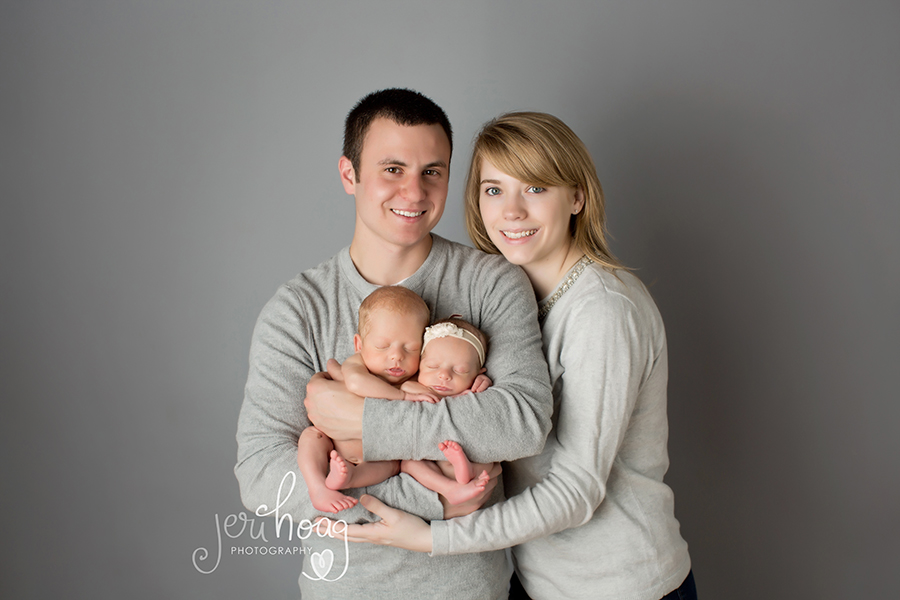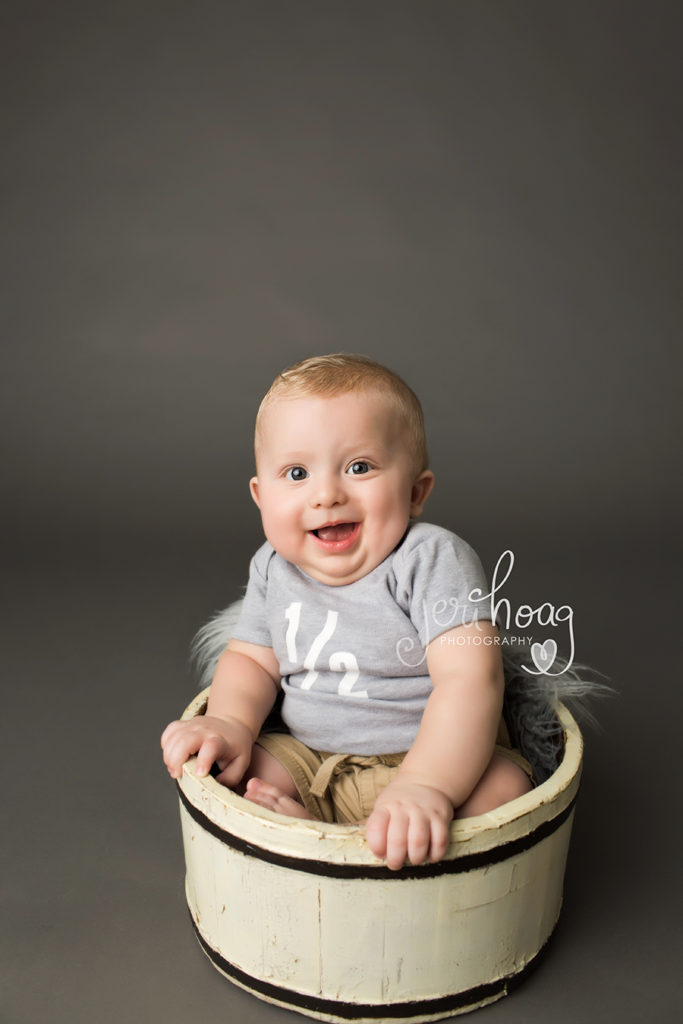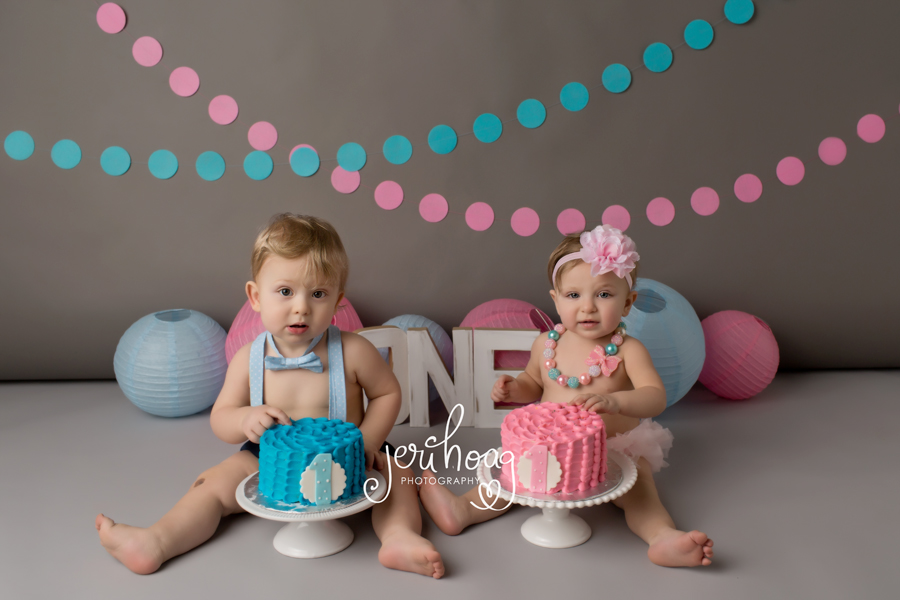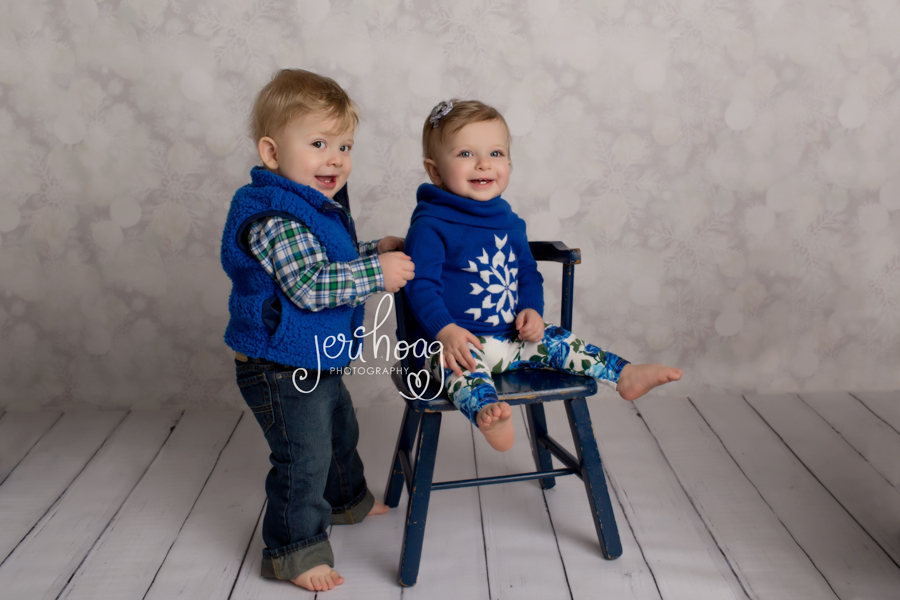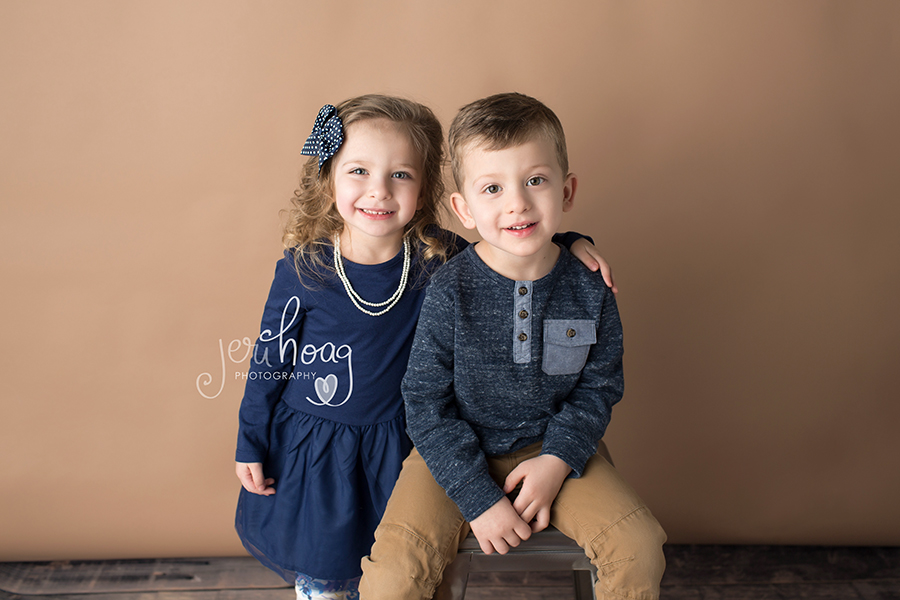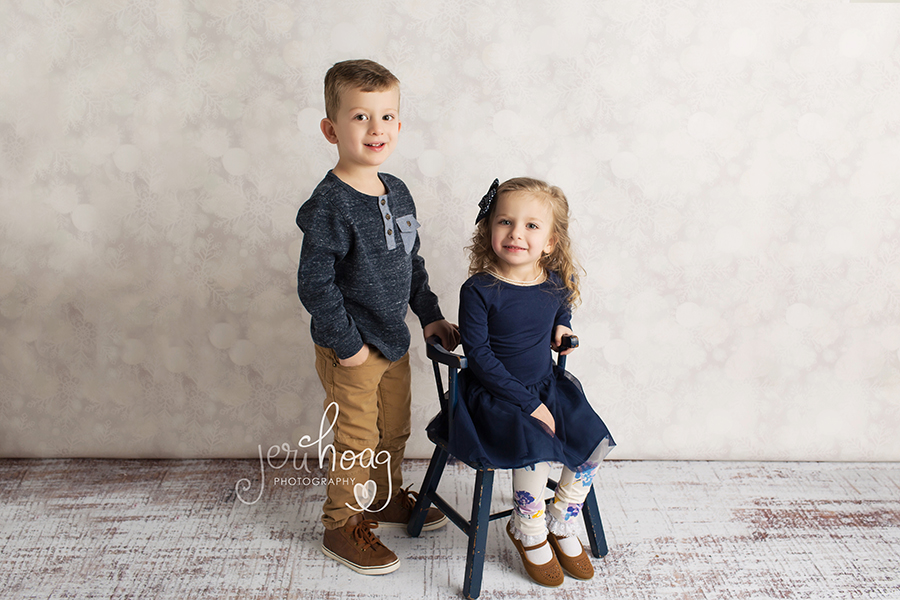“In Oct. of 2012 we got the official word, infertile. 0% chance of a genetic child…”
In 2007, while at Riley High School in South Bend, IN, Aaron and Sara began their journey together. Shortly after graduation, Aaron proposed and they were married on May 13, 2011. They were, “true high school sweethearts,” says Sara.
Aaron and Sara decided immediately to never prevent a pregnancy. When it happened it happened. They had already traveled, bought their first home, and felt ready to take on a family. But months passed and a pregnancy hadn’t occurred. They adjusted their strategy and became more intentional in their family planning.
At a routine OB office visit Sara mentioned their inability to conceive and was told by the OB not to worry, that they were still young and that a pregnancy would happen. At this point they were 21 and 23 and decided not to worry too much. However, it was after Aaron had labs completed at a routine doctor’s visit that he would receive a referral to a reproductive endocrinologist.
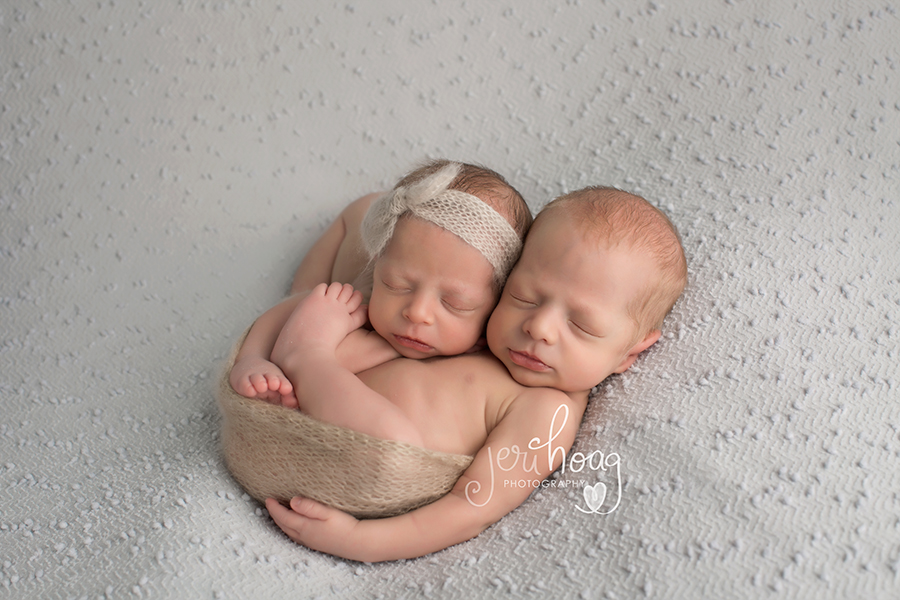
Sara wrote, “In Oct. of 2012 we got the official word, infertile. 0% chance of a genetic child due to male factor infertility.” She went on to say that, “There’s a giant misconception in the world that infertility affects only an older generation and also that it’s primarily a problem women face. That is wrong and we fit both of those misconceptions. It was certainly painful to find out in our early 20’s that we would never be able to conceive a child on our own. The pain was especially hard when you witnessed other’s pregnancy announcements, baby showers, or even a stranger’s cute baby bump out in public. Something you so badly hope for, but can not have.”
From there Sara and Aaron began to sort through the various options that would grant them the gift of a family. They decided that adoption would allow them to honor their marriage and address the battle of infertility as a couple rather than individuals. In their research of both traditional and international adoption Sara came across embryo adoption, the process of giving one’s embryos to another for either implantation via IVF, or for research. In this case, the end goal would be pregnancy through IVF. Sara presented this option to Aaron who also saw the hope in this adoption option.
So what is embryo adoption and what is IVF? For couples who struggle with infertility they will often undergo a process called in vitro fertilization, or IVF. Outside of the body a woman’s egg is combined with a man’s sperm to form an embryo. The embryo is then transferred to the woman’s uterus. If successful, a pregnancy is achieved. When undergoing IVF it is common for multiple embryos to be created during one cycle of IVF. This not only increases the chances of achieving a successful pregnancy, but it also allows for pregnancies later on if the family decides to have another child. Any embryos not implanted during the first round of IVF are frozen. If a family decides they are finished having children they can either destroy their remaining embryos, or donate them through what is known as embryo adoption. This is how Sara and Aaron felt called to grow their family.
Embryo adoption can be achieved via matching through a private agency or through a fertility clinic’s embryo adoption agency. The later is anonymous. Sara and Aaron decided to try and match privately at first. This would potentially allow them to have a semi-open or open adoption in which they could build a relationship with the donating family and the children’ s genetic siblings. Sara and Aaron felt that, “it was their [the children’s] right to know of their genetic origins…”
In August of 2013 Sara and Aaron added themselves to a site called “Miracles Waiting.” They spoke with a handful of embryo donors, but none led to a match. This time period of just waiting and hoping was what proved to be the hardest for Sara.
In January of 2014 Sara and Aaron received an email from a donor that they had previously spoken to but not not matched with. This donor informed Sara and Aaron that she had a friend that was looking to donate her embryos. This previous contact felt that Aaron and Sara would be an excellent match with her friend and so she gave them the friend’s contact information.
Sara immediately got in contact with the donor family and within two weeks learned that the donor would be giving them some of their remaining embryos. They had sixteen remaining embryos and would split them between three families. Sara and Aaron would receive six embryos and the remaining would be split between the other two families. When Sara read the email from the donor she said she remembers, “crying/laughing/screaming all at once. It was the best feeling. We were beyond grateful that someone would want to give us this opportunity. A truly selfless act.”
After they decided to go through with the embryo adoption Sara had to undergo fertility testing to ensure she would be able to carry a pregnancy to term. A dossier was completed. And she and Aaron had to complete the legal work and logistics of getting the embryos from the donors to them. On April 24, 2014 the embryos arrived at Aaron and Sara’s fertility clinic in Carmel, IN. ” Donated embryos are often referred to as snowflake babies because they are frozen and no two are alike. How fitting that it would snow that April 24th, [the] day when they arrived home,” Sara said.
Mid June Sara began her frozen embryo transfer cycle. She underwent ultrasounds, many rounds of blood work, and oral and injectable hormones. All of these would hopefully prepare her body to receive the embryos.
The morning of July 3, 2014 Sara and Aaron got the call that the clinic had thawed two of their embryos. They were informed that one of the embryos had lost some cells in the thawing process and it was suggested that both embryos be transferred. Their chance of conception through this embryo transfer would be 32%.
Two weeks needed to pass before Sara could undergo a blood pregnancy test, but according to Sara she began taking home pregnancy tests only four days after the transfer. Sara said,” I had taken so many of those tests over the years. Even after I knew a spontaneous pregnancy wasn’t in the cards for us. Infertility plays tricks on your mind. Of course, every test I would take was negative. Until it wasn’t.” A week and a half later the blood test confirmed that Sara was in fact, pregnant.
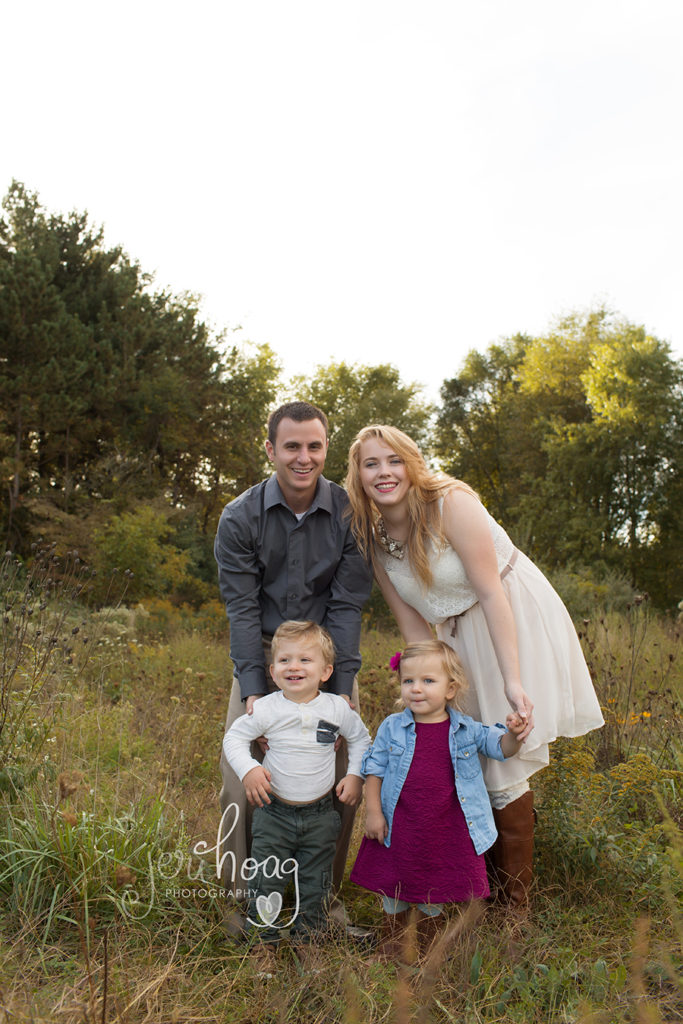
At the first ultrasound Sara and Aaron received some more life altering news. Not only were they pregnant, but they would be having twins. Both embryos had stuck!
Thankfully, after the stress and strain of the years of infertility Aaron and Sara had suffered through, Sara’s pregnancy progressed normally and happily. She initially remained on the injectable hormones to sustain the pregnancy, but after a period of time was able to quit taking the hormones. Sara and Aaron were beyond thankful for their miracle babies. And Sara enjoyed every minute of her pregnancy. When reflecting on her experience she said, “I was so grateful to have the opportunity to feel little baby kicks and hiccups, and everything else that comes with pregnancy. It often felt like they were doing ninja moves on each other in the womb, but I welcomed every last one of them.”
Sara did experience some hypertension in the later part of her pregnancy, but thankfully made it to 34 weeks and 5 days before her water broke on its own. After 12 hours of labor, Eden and Elias made their way into the world via vaginal delivery. Their first 16 days as a family of 4 were spent in the NICU at Memorial Hospital while the twins grew and learned to feed.
So where is this beautiful family of 4 now? Eden and Elias are, “5 years old and full of life.” Sara says that they are often told how much their littles look like her and Aaron despite the fact that this was not something they were concerned with during the adoption process. Their relationships with the genetic and recipient families are still open and blossoming. As of now Eden and Elias have a total of 7 genetic siblings with 1 more on the way. The donor and recipient families gather once a year to visit, as well as maintain contact through messages. Sara said, “The children’s genetic family truly is like an extended family. We all agree that we feel like very close friends or cousins. The genetic parents have assured us that they feel no parental feelings towards the children, just love like they would have for a niece or nephew. The children truly enjoy each other and often ask between visits when we will be able to gather again. We have so much respect and appreciation for our donor family and always will. They have allowed us to achieve a dream we had always hoped for.”
“Infertility after success is an interesting thing,” says Sara. Surprisingly, it sometimes still hurts. Mostly hurt[s] for friends who are still in the trenches of it. But I’d be a liar if I said I didn’t sometimes still question if a slightly irregular menstrual cycle meant there could be a miraculous spontaneous pregnancy… All in all, I think it comes down to the convenience and spontaneity of a traditional pregnancy. It’s crazy that after 9 years of marriage and a beautiful family, there could still be twinges of pain. But that’s infertility, and I think anyone who has walked it, would say the same thing.”
To learn more about infertility please click here. If you would like to read more about National Infertility Awareness please click here.
Jeri Hoag Photography would like to personally thank Sara and Aaron for sharing their journey with us. It has been an honor and a privilege to work with you and your family. We hope that your story inspires and gives hope to others struggling with infertility. We are all better together. Best wishes and much love.
Jeri Hoag Photography now empowering and instilling confidence through intimate boudoir photography for the everyday modern woman in St. George, UT/ Hurricane, UT/Washington, UT/Leeds, UT/Ivins, UT/Santa Clara, UT/Dammeron Valley, UT/Veyo, UT/Shivwits, UT/Littlefield, AZ /Las Vegas, NV/Mesquite, NV.

